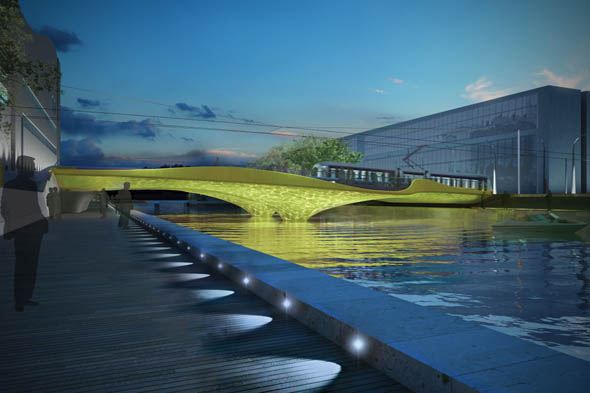Sky’s the limit

In part of the video for Phil Lynott’s Old Town, the singer is standing in a boat on the Liffey near where the East Link Bridge is today. To the left of shot, as Philo bobbles from side to side, narrating the story of a boy and a girl, a Guinness ships sits anchored beside a giant grey gasometer, while in the distance Liberty Hall stands tall but somewhat lonely and conspicuous against a skyline that is notable for its lack of buildings. That was 1983. Were he to return now, he would probably be amazed.
Every economic boom leaves behind its self-proclaimed glory in its building. The Georgians, with their brilliant and ruthlessly efficient Wide Street Commission, left us James Gandon’s Custom House, House of Lords and Four Courts. Henrietta Street, Fitzwilliam Street and Merrion Square were the pinnacle of street planning and the envy of Europe. Alas, when the carriages carrying the lords of Grattan’s parliament trundled out of Dublin in 1801, it was a funeral cortège for building and, for the best part of a century and a half, the capital, architecturally speaking at least, dozed off.
When she woke, Anna Livia found her skyline still dominated by the domes of the Custom House and Four Courts. A few industrial chimneys and church spires had been added, as well as Nelson’s Pillar, but money for the upkeep of the city hadn’t been regularly available and areas had started to rot. Then, under Seán Lemass, the swinging 1960s saw swinging wrecking balls. Pockets of the city doffed their cap to modernism, with landmark buildings being erected here and there as signs of economic wealth.
